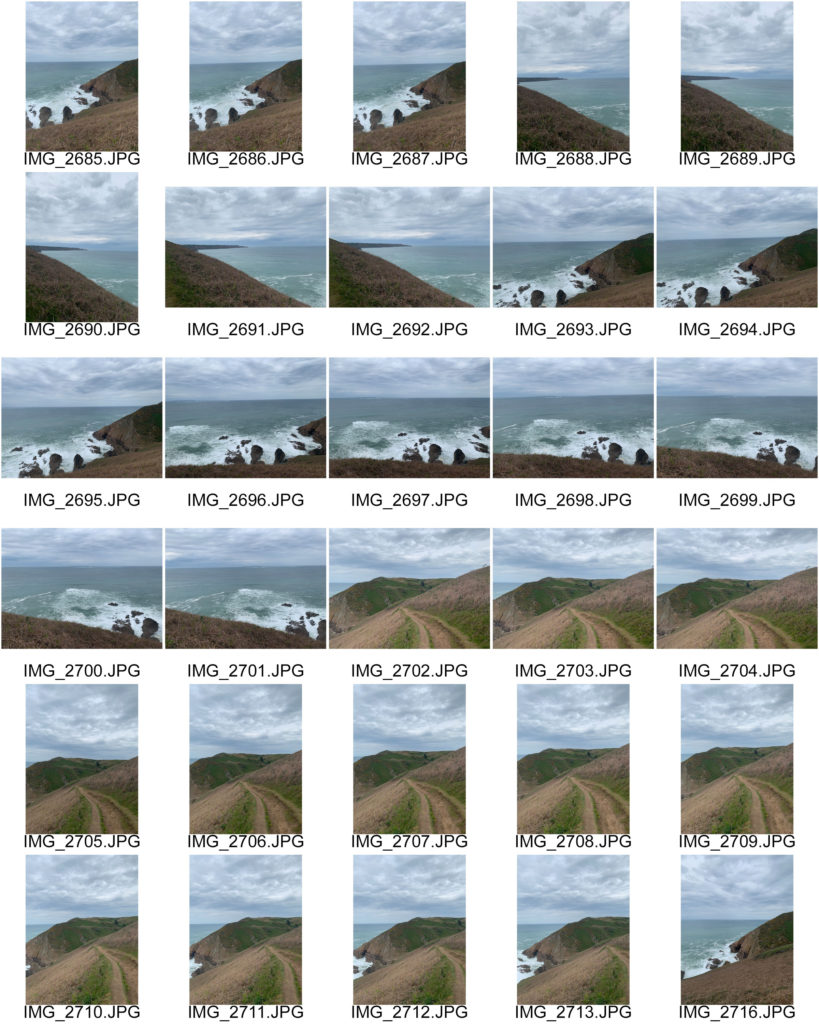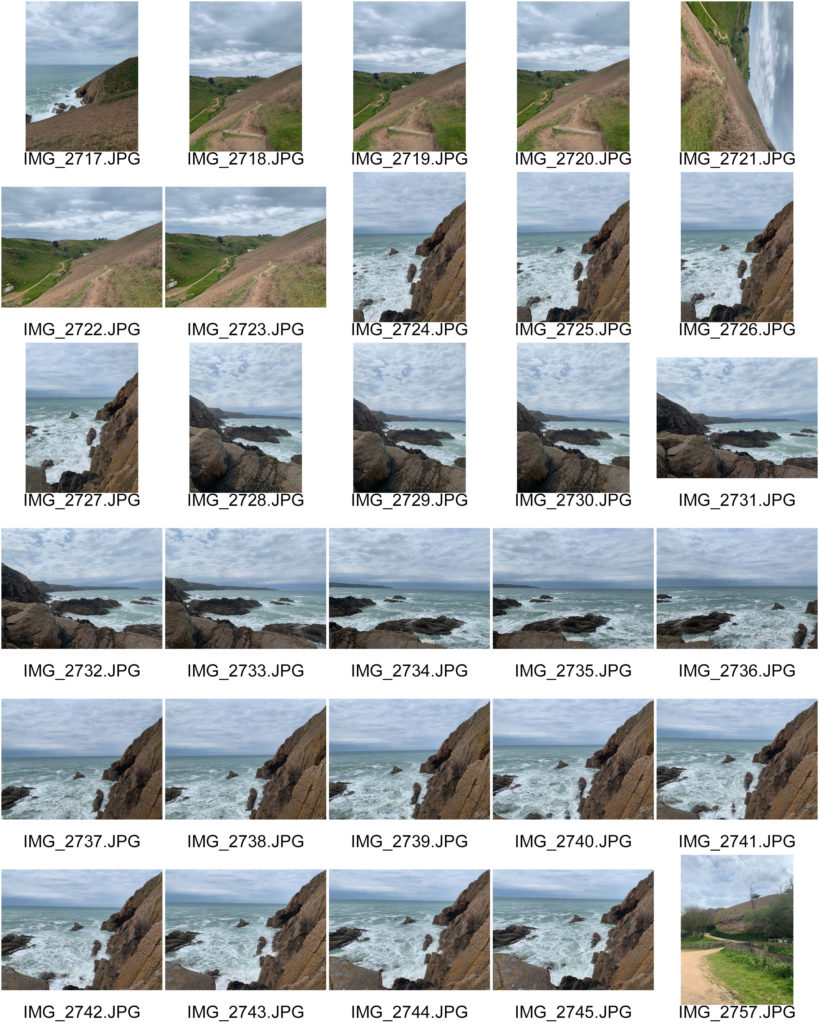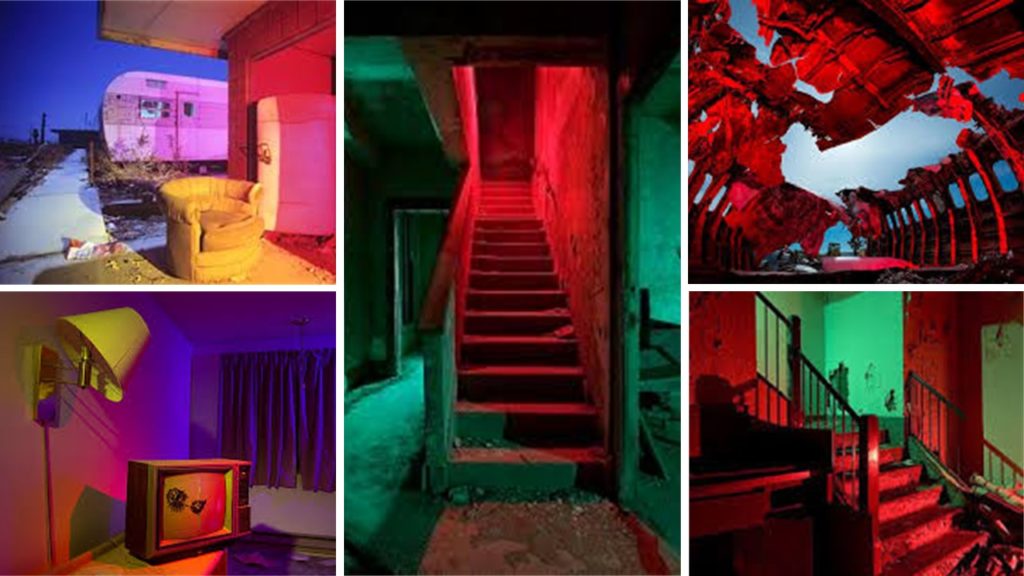What is Anthropocene?
Anthropocene is the word used to describe Earth’s most current state, a time where humans are the primary source and most influential factor of global warming, climate change and other changes to land, environment, water, organisms and the atmosphere. For the last 11,500 years, Earth has been in the Holocene Epoch. It began at the end of the last ice age, when the glaciers that had previously covered Earth disappeared, over the years humans have built cities and achieved colossal technological advancements. Scientists are still debating the proof for the Anthropocene and are looking for what’s known as a ‘golden spike’ – a marker in the fossil record which could demarcate the Holocene from the Anthropocene. Some people suggest the Anthropocene began at the start of Britain’s Industrial Revolution in the eighteenth century, which created the world’s first fossil fuel economy.
Anthropocene In Photography
In recent years, photographers have taken it upon themselves to use their skills in order to capture the devastating Anthropocene state of our world. The portrayal of this destruction has been photographed through many mediums as well as just landscapes, such as portraiture, object images and abstract photography. Photographers such as Steven Gallagher and Naomi White have demonstrated their opinions and ideas on Anthropocene through capturing plastic bags, whereas Alexandra Bellissamo has taken portraiture based images to show the relationship between nature and mankind. Nicholas de Pencier, Edward Burtynsky, and Jennifer Baichwal are the team which collaborated on ‘The Anthropocene Project’. The project was described as ‘a multimedia exploration of the complex and indelible human signature on the Earth’ capturing ‘the most spectacular evidence of human influence, while taking time to reflect on the deeper meaning of what these profound transformations signify’. More information on ‘The Anthropocene Project’ can be found here.
Artists Of Anthropocene Video

Edward Burtynsky 
Alexandra Bellissamo 
Naomi White 
Barry Rosenthal 
Steven Gallagher 
Edward Burtynsky












